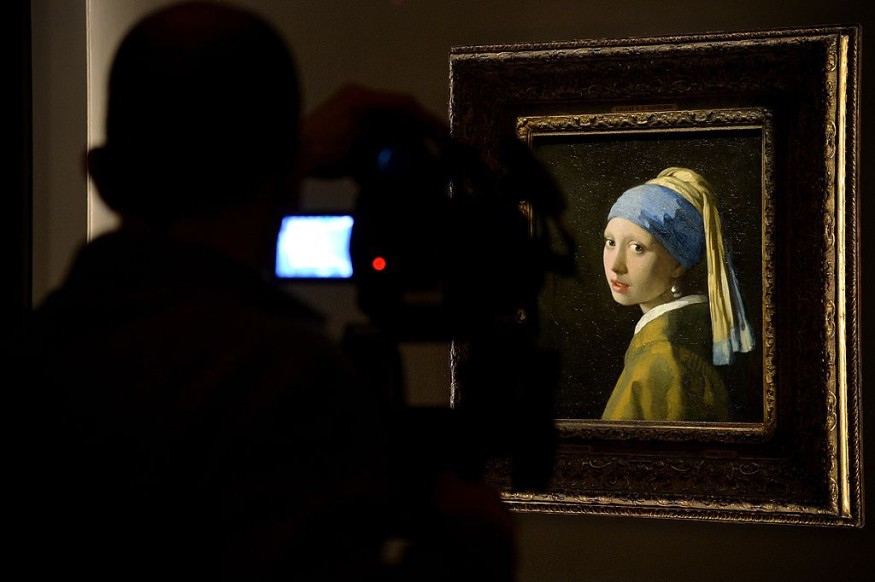Vermeer’s 'Girl with a Pearl Earring' Found to Have Positive Neurological Effects to Human Brains
Van Gogh's Starry Night is no longer alone with its own scientific explanation as Joannes Vermeer's 'Girl with a Pearl Earring' was discovered with a neurological pattern that kept viewers glued.
Made in 1665, Vermeer's piece managed to compete with Leondaro da Vinci's popular 'Mona Lisa' painting. 'Girl with a Pearl Earrning' did not just become one of the most reproduced artworks, it's also one of the strangest as it kept museum viewers interested compared to others.
The Neurological Study Behind 'Girl with a Pearl Earring'
As shared by The Art Newspaper, 20 volunteers signed up to be part of the 'Girl with a Pearl Earring's neurological study. Through EEG, MRI and eye-tracking technology, researchers found that they were able to keep their eyes on Vermeer's piece for 10 seconds, longer than others. As it turned out, viewers looked at the piece with a pattern-first with the girl's eye, down to her mouth, and then her iconic pearl earrings.

The study explained that these sequences refer to a sustained attention loop, or a visual pattern known as "the pearly triangle." With this, once they're done looking at the bright pearl earrings, they instantly go back to the eyes.
At the same time, Neurensics also concluded that Vermeer's piece, among with other artworks at the Mauritshuis museum evoked a positive response in human brains, in comparison to when they look at reproduced art copies.
The study, which will now be published by Amsterdam University researchers, showed that viewing museum artworks triggers a strong yet positive reaction in the part of a brain called 'precuneus,' which is connected to memory and consciousness. Using EEG technology, experts were able to track the exact emotion that viewers respond to when looking at original artworks.
In data, the 'Girl with a Parl Earring' achieved a 0.48 score for attention, compared to others with only 0.44, which makes it compelling by nature.













